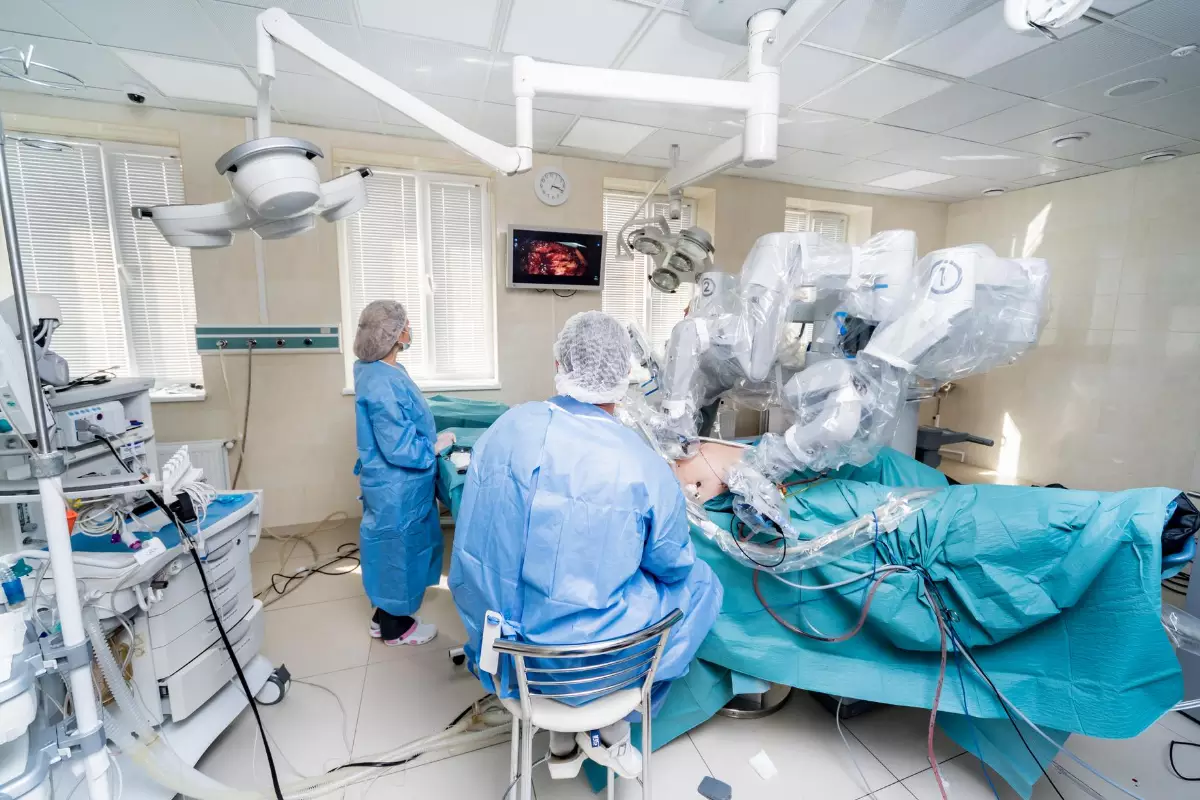Before the COVID-19 pandemic turned the world into one big panic mode, robots were helping us in several branches of our professional and personal lives. They assisted us and, sometimes, have been known to take on the entire responsibilities of human tasks, relieving us from those aspects of our jobs that can lead to injury.
In the military, robots can help us by acting as security, defense, and surveillance personnel, giving warnings of disturbances, if any. They are also employed to disarm and arm bombs as required.
In medicine, there are surgical robots remote-controlled by surgeons. In oil companies, pipe-inspection robots can help to check pipelines. And robots have been used as sewer scrapers as well.
In our homes, robots can help us mop the floors, look after our pets, and monitor the house while we are away. They provide fun, excitement, and utility, too, in the form of drones that can take aerial shots and make deliveries. Artificial intelligence robots can also become friends and less of machines because they are brilliant!
Also, robots are being used to fight crime and keep the peace maintained. They can patrol shopping malls and residential areas as well as scan people for dangerous weapons.
In our current pandemic-riddled world, the need for robots’ services has increased significantly. Moreover, they have proven even more valuable and useful as we slowly navigate a new normal that constantly demands social distancing, wearing a mask, washing hands more than we usually did, etc.
The coronavirus disease is primarily spread by close contact with infected persons or surfaces. How can robots help us in this emergency? Well, for one, they are machines; they cannot fall sick. They do not have to wear masks and can be disinfected quickly. They can work in high-risk conditions like tight spaces, poor lighting, and around toxic chemicals.
Robots tend to be more accurate than human beings and hardly make errors. In addition, they can deliver more work in a minimal amount of time. They can report for duty daily with no days off, no holidays, and no breaks unless they malfunction. Robots can perform more routine and repeat tasks better than we can.
Hence, they make the perfect assistants for this pandemic. Robots have dutifully stepped in to help us take over jobs that help to reduce human-to-human contact and exposure.
Below are the ways how robots could help us in the pandemic:
1. Robots Could Effectively Clean Health Care Facilities
In hospitals, robots carry out duties of crucial clinical care which can put medical staff at risk. In everyday use, decontamination robots help to kill viruses and prevent infections acquired from a hospital. They handle the disinfecting and sanitizing of the healthcare facility properly. They are also responsible for discarding contaminated waste and help to enforce and maintain social distancing protocols.
Their roles help reduce the transmission of COVID-19 and allow medical staff to concentrate entirely on their primary concern – caregiving – instead of stressing over the sterility and safety (or lack thereof) of their surroundings. Robots’ disinfecting and sanitizing work also apply to elderly care homes where the spread of the coronavirus and other infectious diseases should be kept at the barest minimum.
According to the Contextual Robotics Institute’s director, Henrik Christensen, using robots for these tasks “could drive a new era of efficiency and safety within the healthcare sphere, thus helping to manage the pandemic in a healing center.”
Medical and non-medical staff conveniently use robots to maintain a healthy and safe distance while interacting with patients. It is pertinent to mention that robots in medical facilities treating patients infected with coronavirus have not replaced health care experts. Instead, these teleoperated robots allow healthcare personnel to apply their competence and empathy to quarantined, isolated, and sick patients remotely.
2. Robots Could Deliver Food, Groceries, and Samples
Robots are capable of running delivery errands for foods and groceries, making food and prescriptions available to patients in isolation or during the lockdown as well as enabling retailers to meet their orders by delivering groceries to customers at work or home, especially those unable to go to the shops physically, for one reason or the other.
In hospitals, robots are being used to provide contact-free deliveries and enforce social distancing by delivering infectious samples to the lab for testing.
3. Robots Could Promote Public Health and Safety
Public health and safety departments have used robots to distribute disinfectants in and around public locations to contain the spread of the infection and maintain a healthy environment. Robots have also been deployed by several countries specifically to impose quarantine restrictions, to keep people away from the streets and out of unhealthy situations.
In addition, robots have been seen moving within crowds, airing messages about COVID-19 and the need for social distancing.
4. Robots Could Perform Essential Tasks and Free Up Workers’ Time
Robots can be equipped with sanitizers to dispense and disinfect patients or visitors. Additionally, they are capable of greeting and screening potential patients remotely once outfitted with an iPad. Other robots, provided with sensors, enable medical staff to measure breathing, take temperatures, and even keep track of blood oxygen levels without being in the room with the patient.
5. Robots Could Keep the Economy and Infrastructure Going
According to the editorial board of Science Robotics, “robots could also help keep the economy and infrastructure going by standing in for humans in factories or vital utilities like waste management or power plants.”
Another instance is that realtors can show potential buyers properties from the safety and comfort of their homes through teleoperated robots.
6. Robots Could Help in Tracking Coronavirus Disease
Mobile robots, drones can help to spot and identify possibly infected people through heat imagery. In public locations like airports, image recognition algorithms combined with thermal cameras are already used to uncover potential coronavirus cases. Incorporating the same technology into mobile robots or drones can go a long way to enlarge the reach of coronavirus screening programs.

